Home>Garden Essentials>What Fruits Are True To Seed
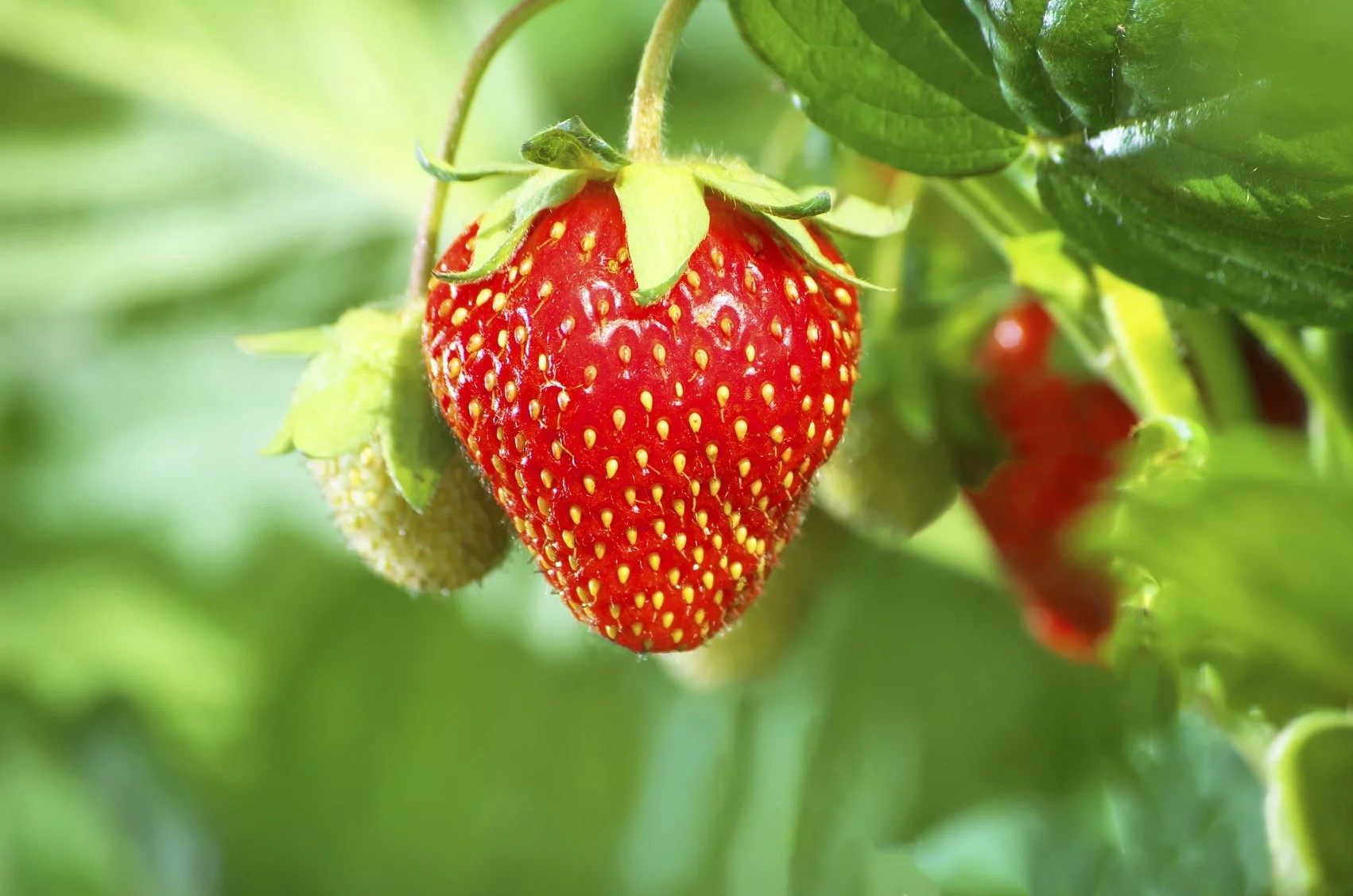

Garden Essentials
What Fruits Are True To Seed
Modified: March 15, 2024
Discover which fruits in your garden can be grown from true seed and get tips on how to save and sow them for a bountiful harvest.
(Many of the links in this article redirect to a specific reviewed product. Your purchase of these products through affiliate links helps to generate commission for Storables.com, at no extra cost. Learn more)
Introduction
Welcome to the world of gardening, where nature’s beauty unfolds right before our very eyes. Whether you have a sprawling backyard, a cozy urban balcony, or simply a windowsill, gardening offers a sense of joy and satisfaction that is unparalleled. As an avid gardener, you are likely familiar with the process of growing plants from seeds or seedlings. However, have you ever wondered about the concept of “true-to-seed” fruits?
True-to-seed fruits are those that produce offspring that closely resemble the parent plant. In other words, when you save the seeds from a true-to-seed fruit and plant them, the resulting plants will have similar traits and characteristics as their parent. This is in contrast to hybrid fruits, which are created through complex cross-breeding techniques to produce desirable traits.
In this article, we will explore the fascinating world of true-to-seed fruits, including the factors that affect their ability to reproduce faithfully, examples of fruits that are true to seed, as well as the advantages and disadvantages of growing true-to-seed fruits in your garden.
So, let’s dig deeper and uncover the secrets of true-to-seed fruits, and how they can add a touch of natural wonder to your gardening experience.
Key Takeaways:
- True-to-seed fruits, like tomatoes and peppers, produce offspring similar to the parent plant, offering stability and sustainability in gardening. They’re a cost-effective and reliable choice for a thriving garden.
- While hybrid fruits offer predictability and wider availability, true-to-seed fruits allow for seed-saving and preservation of genetic diversity. Both options bring unique benefits to the garden, catering to different gardening goals.
Read more: What Fruit Seeds Contain Cyanide
Definition of True-to-Seed
True-to-seed, also known as open-pollinated or heirloom, refers to plants that reproduce through natural pollination and produce offspring that closely resemble the parent plant. When a true-to-seed fruit matures, it develops seeds that carry the genetic information needed to grow into new plants. These seeds can be saved and planted for subsequent growing seasons.
Unlike hybrid plants, which are the result of deliberate cross-breeding between different varieties or species to create specific traits, true-to-seed plants occur naturally without human intervention. They rely on natural pollination methods such as wind, insects, birds, or other animals to transfer pollen between flowers and fertilize the seeds.
The true-to-seed nature of these plants allows gardeners to save and store seeds from one harvest for future planting, ensuring a sustainable and self-sufficient garden. It also preserves the genetic diversity of plant species, as each generation retains the same characteristics as the parent plant.
It’s important to note that while true-to-seed plants have a higher likelihood of producing offspring that closely resemble the parent, there can still be some variation due to genetic recombination. This means that while the majority of the characteristics will be consistent, there may be minor differences in traits such as color, size, or flavor.
Now that we have a clear understanding of what true-to-seed means, let’s explore the factors that can affect the true-to-seed nature of fruits.
Factors Affecting True-to-Seed Fruits
While the concept of true-to-seed fruits may sound straightforward, there are a few factors that can influence their ability to reproduce faithfully. Understanding these factors can help gardeners ensure the best outcomes when saving and planting seeds.
Pollination Method: The method of pollination plays a crucial role in determining the true-to-seed nature of fruits. Self-pollinating plants, such as tomatoes or beans, have flowers that are capable of pollinating themselves without external assistance. This increases the likelihood of true-to-seed reproduction as there is minimal chance for cross-pollination with other plant varieties. Conversely, plants that rely on cross-pollination, like squash or cucumbers, have separate male and female flowers and require pollen to be transferred between different plants. This introduces the possibility of cross-breeding and can result in variations in the offspring.
Isolation Distance: Isolation distance refers to the physical distance between different plant varieties or species. To maintain the true-to-seed nature of fruits, it is important to separate different varieties to prevent cross-pollination. For example, if you have multiple varieties of tomatoes in your garden, ensure that they are planted far apart or separated by barriers such as tall plants or structures. This reduces the likelihood of pollen from one variety reaching and fertilizing the flowers of another variety, ensuring true-to-seed reproduction.
Pollinator Activity: The presence of pollinators, such as bees, butterflies, or birds, is crucial for effective pollination. These creatures play a vital role in transferring pollen between flowers, facilitating fertilization. Insufficient pollinator activity can result in inadequate pollen transfer and may lead to incomplete seed formation or improper fertilization, affecting the true-to-seed nature of fruits. To attract pollinators to your garden, create a diversity of flowering plants and provide suitable habitats and food sources.
Genetic Diversity: Conserving genetic diversity within a plant population is essential for maintaining the true-to-seed nature of fruits. Plants that have undergone excessive inbreeding can develop genetic issues and may produce offspring with reduced vigor or undesirable traits. To avoid this, rotate crops, introduce new varieties, and practice seed saving from a diverse range of plants.
By taking these factors into consideration, you can promote the true-to-seed nature of your fruits and ensure a consistent and enjoyable garden experience. In the next section, we will explore some examples of fruits that are known to be true to seed.
Examples of Fruits True to Seed
When it comes to true-to-seed fruits, there are several delicious and popular options that gardeners can grow with confidence. These fruits have a high tendency to produce offspring that closely resemble the parent plant, allowing for consistent and reliable harvests year after year. Let’s explore some examples:
- Tomatoes: Tomatoes are a classic example of true-to-seed fruits. There is a wide variety of tomato cultivars available, ranging from juicy slicers to sweet cherry tomatoes. When you save and plant seeds from a ripe tomato, you are likely to grow plants that exhibit similar characteristics, such as fruit size, shape, and flavor.
- Beans: Both bush and pole beans are true to seed, making them a popular choice for home gardeners. Whether you prefer snap beans, green beans, or colorful varieties like purple or yellow wax beans, saving seeds from mature pods will produce plants that bear similar beans in subsequent generations.
- Lettuce: Lettuce is an excellent example of a true-to-seed leafy green. There are countless varieties of lettuce, each offering its own unique flavor and texture. When you allow lettuce plants to bolt and flower, they produce seed heads that contain numerous tiny seeds, ensuring a continuous supply of fresh greens.
- Peppers: Whether you prefer the mild sweetness of bell peppers or the fiery heat of chili peppers, many pepper varieties are true to seed. By saving seeds from mature peppers and planting them in the next growing season, you can expect offspring that maintain the same heat level, color, and shape.
- Squash: Many types of squash, including zucchini, butternut squash, and acorn squash, are true to seed. Saving seeds from fully matured fruits will give you the opportunity to grow future plants that produce similar-sized and shaped squash with similar flavor profiles.
These are just a few examples of true-to-seed fruits that you can grow in your garden. Remember to choose open-pollinated or heirloom varieties when selecting seeds to ensure the best chance of obtaining true-to-seed offspring. Now that we know which fruits are true to seed, let’s explore the advantages and disadvantages of growing these fruits in your garden.
When planting fruits true to seed, choose heirloom varieties or open-pollinated seeds. Avoid hybrid seeds, as they may not produce true to the parent plant.
Advantages of True-to-Seed Fruits
Growing true-to-seed fruits in your garden offers numerous advantages that make them a popular choice among both experienced and novice gardeners. Here are some key benefits:
- Genetic Stability: True-to-seed fruits ensure genetic stability, as the offspring closely resemble the parent plant. This means you can rely on consistent flavor, texture, and other desirable traits from one generation to the next.
- Cost-effective: Growing true-to-seed fruits allows you to save money in the long run. Instead of purchasing seeds or seedlings each year, you can save and store seeds from your own harvest. This self-sufficiency helps reduce gardening expenses over time.
- Sustainability: By conserving and replanting seeds from true-to-seed fruits, you contribute to the preservation of heirloom varieties and maintain genetic diversity in plant populations. This promotes long-term sustainability in gardening and helps protect unique and rare plant species.
- Adaptability: True-to-seed fruits have the ability to adapt to local growing conditions over time. By saving seeds from plants that thrive in your specific climate and soil, you are essentially creating a strain of plants uniquely suited to your garden’s microenvironment.
- Preserving Family Traditions: True-to-seed fruits often hold sentimental value as they can be passed down through generations. The practice of saving and sharing seeds from family heirloom plants helps preserve cultural heritage and familial gardening traditions.
These advantages make true-to-seed fruits an appealing choice for gardeners who value reliability, sustainability, and the joy of maintaining a connection with the past. However, it’s important to be aware of the potential drawbacks associated with growing true-to-seed fruits, which we will explore in the following section.
Read more: What Fruit Does Not Have Seeds
Disadvantages of True-to-Seed Fruits
While there are many advantages to growing true-to-seed fruits, it’s important to be aware of the potential disadvantages as well. Understanding these drawbacks can help you make informed decisions about your gardening practices. Here are some key considerations:
- Genetic Variation: While true-to-seed fruits generally produce offspring that closely resemble the parent plant, there can still be some genetic variation. Factors such as natural mutation or cross-pollination from nearby plants can result in slight differences in traits like fruit size, color, or flavor.
- Slow Adaption: As true-to-seed fruits rely on natural pollination and subsequent generations of saving and planting seeds, the process of adapting to specific environmental conditions can be slower compared to hybrid plants. This may limit the fruits’ ability to tolerate new pests or diseases.
- Limited Availability: While there is a wide variety of true-to-seed fruits available, the selection may be more limited compared to hybrid fruits. Hybrid varieties are specifically bred to offer specific traits and characteristics, leading to a larger market presence.
- Greater Genetic Vulnerability: If a particular strain of true-to-seed fruits becomes susceptible to a specific pest or disease, the entire population may be at risk. Unlike hybrid plants that often have built-in resistance, true-to-seed fruits may lack the same level of genetic protection.
- Less Consistency: Due to the potential for genetic variation, the consistency of true-to-seed fruits may not be as reliable as hybrid fruits. This can be a consideration for gardeners who require a consistent crop appearance or specific culinary qualities for their fruits.
Despite these disadvantages, many gardeners continue to prefer growing true-to-seed fruits due to their unique qualities and connection to nature. By carefully considering these drawbacks, you can make informed decisions about incorporating true-to-seed fruits into your garden.
Now that we have explored the advantages and disadvantages of true-to-seed fruits, let’s discuss how they differ from hybrid fruits.
Hybrid Fruits vs. True-to-Seed Fruits
When it comes to choosing fruits for your garden, you have two main options: hybrid fruits and true-to-seed fruits. Understanding the differences between these two types can help you make an informed decision based on your gardening goals and preferences.
Genetics: Hybrid fruits are produced through controlled cross-breeding between different plant varieties or species. This deliberate combination allows breeders to create offspring with specific traits, such as disease resistance, uniformity in size and shape, improved flavors, or extended shelf life. True-to-seed fruits, on the other hand, reproduce naturally through open pollination, resulting in offspring that closely resemble the parent plant.
Traits and Consistency: Hybrid fruits are renowned for their consistent traits and uniformity. They offer predictability in terms of growth habits, fruit size, color, taste, and other desirable attributes. This consistency makes hybrid fruits popular choices for commercial farming and ensures consumers know what to expect. True-to-seed fruits, while generally stable in their characteristics, may exhibit some variation due to genetic recombination. This can lead to slight differences in fruit size, color, or flavor.
Availability: Hybrid fruits have a higher market presence and availability compared to true-to-seed fruits. This is mainly because hybrid varieties are specifically bred to offer desired traits and are often marketed by seed companies. True-to-seed fruits, also known as open-pollinated or heirloom varieties, may have a narrower market presence but are gaining popularity among gardeners looking to preserve genetic diversity and heritage plants.
Pest and Disease Resistance: Hybrid fruits often possess enhanced resistance to certain pests and diseases. By combining the genetic traits of different parent plants, hybrid fruits can exhibit better defense mechanisms against common threats. True-to-seed fruits, while generally resilient, may have more vulnerability to pests and diseases, as they have not undergone the deliberate breeding process for enhanced resistance.
Seed Saving: One of the advantages of true-to-seed fruits is the ability to save and plant seeds for future growing seasons. This sustainable practice allows gardeners to become self-sufficient and maintain a steady supply of seeds. Hybrid fruits, on the other hand, do not produce offspring with consistent traits when their seeds are saved and planted. This is due to the genetic segregation and recombination that occurs during the breeding process.
Ultimately, the choice between hybrid fruits and true-to-seed fruits depends on your gardening goals, preferences, and the specific traits you prioritize. Both options offer unique advantages and have their place in a diverse and thriving garden.
Now that we have explored the differences between hybrid fruits and true-to-seed fruits, let’s conclude our journey into the world of fruits and seeds.
Conclusion
Gardening is a wonderful journey of exploration and connection with nature. The concept of true-to-seed fruits adds another layer of intrigue to this adventure, offering the opportunity to witness the continuity of life and preserve the genetic heritage of plant species. In this article, we delved into the world of true-to-seed fruits, exploring their definition, factors affecting their reproduction, examples of fruits that are true to seed, as well as the advantages and disadvantages of growing them in your garden.
True-to-seed fruits, also known as open-pollinated or heirloom varieties, hold remarkable value in sustaining genetic stability, supporting sustainability, and preserving cultural traditions through the act of saving and sharing seeds. They offer the satisfaction of reaping consistent harvests and the joy of cultivating a personal connection with nature. On the other hand, hybrid fruits provide the benefits of predictable traits, enhanced disease resistance, and wider availability in the market.
As gardeners, the choice between hybrid and true-to-seed fruits depends on our priorities, whether it’s consistency, specific traits, seed-saving capabilities, or the desire to contribute to the preservation of heirloom varieties. Regardless of the chosen path, every gardener plays a vital role in nurturing a diverse and thriving garden ecosystem.
So, as you embark on your gardening journey, take the time to explore the world of true-to-seed fruits. Embrace the beauty and diversity they bring to your garden, and let the seeds of knowledge and curiosity continue to grow as you cultivate your own piece of paradise.
Frequently Asked Questions about What Fruits Are True To Seed
Was this page helpful?
At Storables.com, we guarantee accurate and reliable information. Our content, validated by Expert Board Contributors, is crafted following stringent Editorial Policies. We're committed to providing you with well-researched, expert-backed insights for all your informational needs.
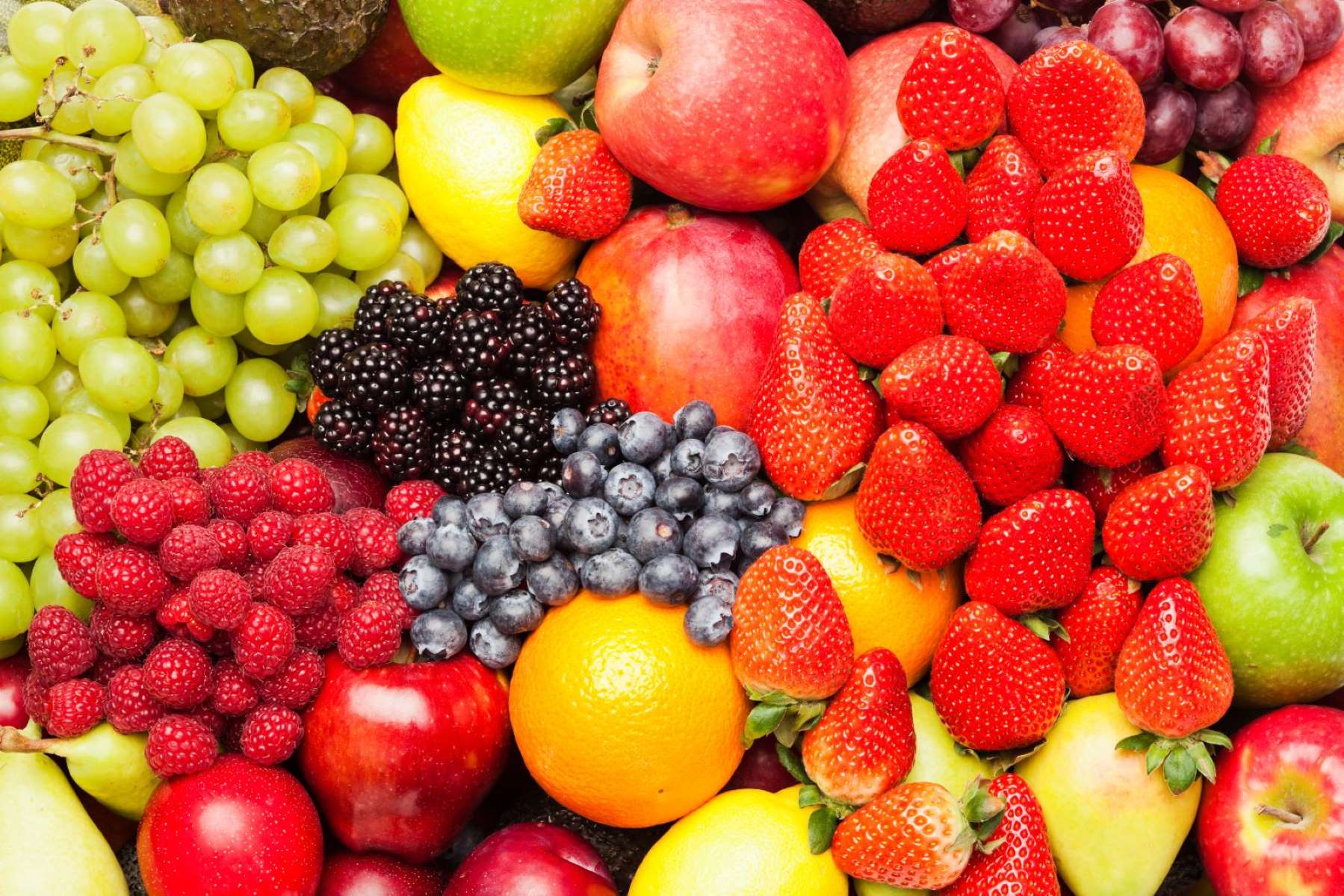
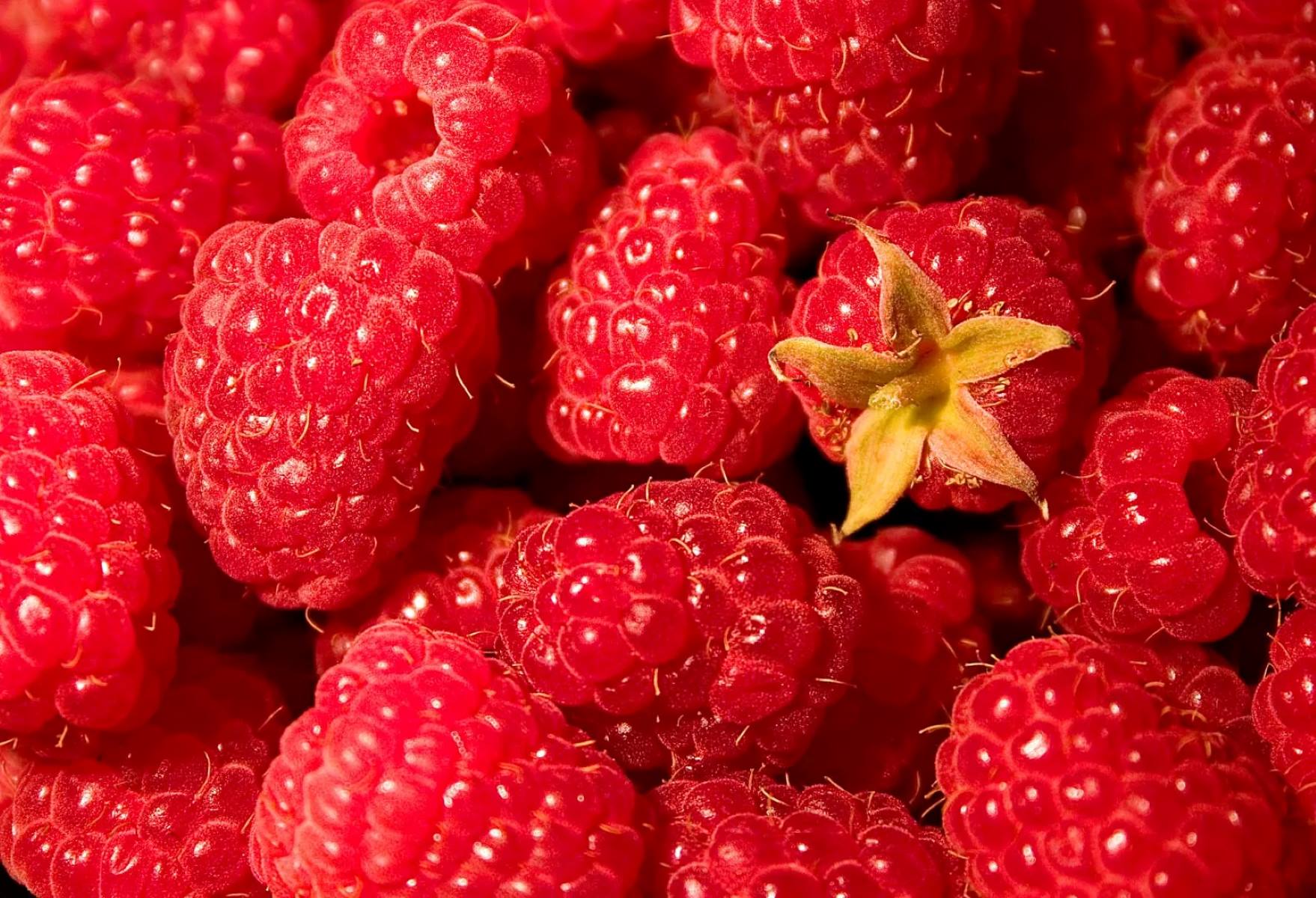
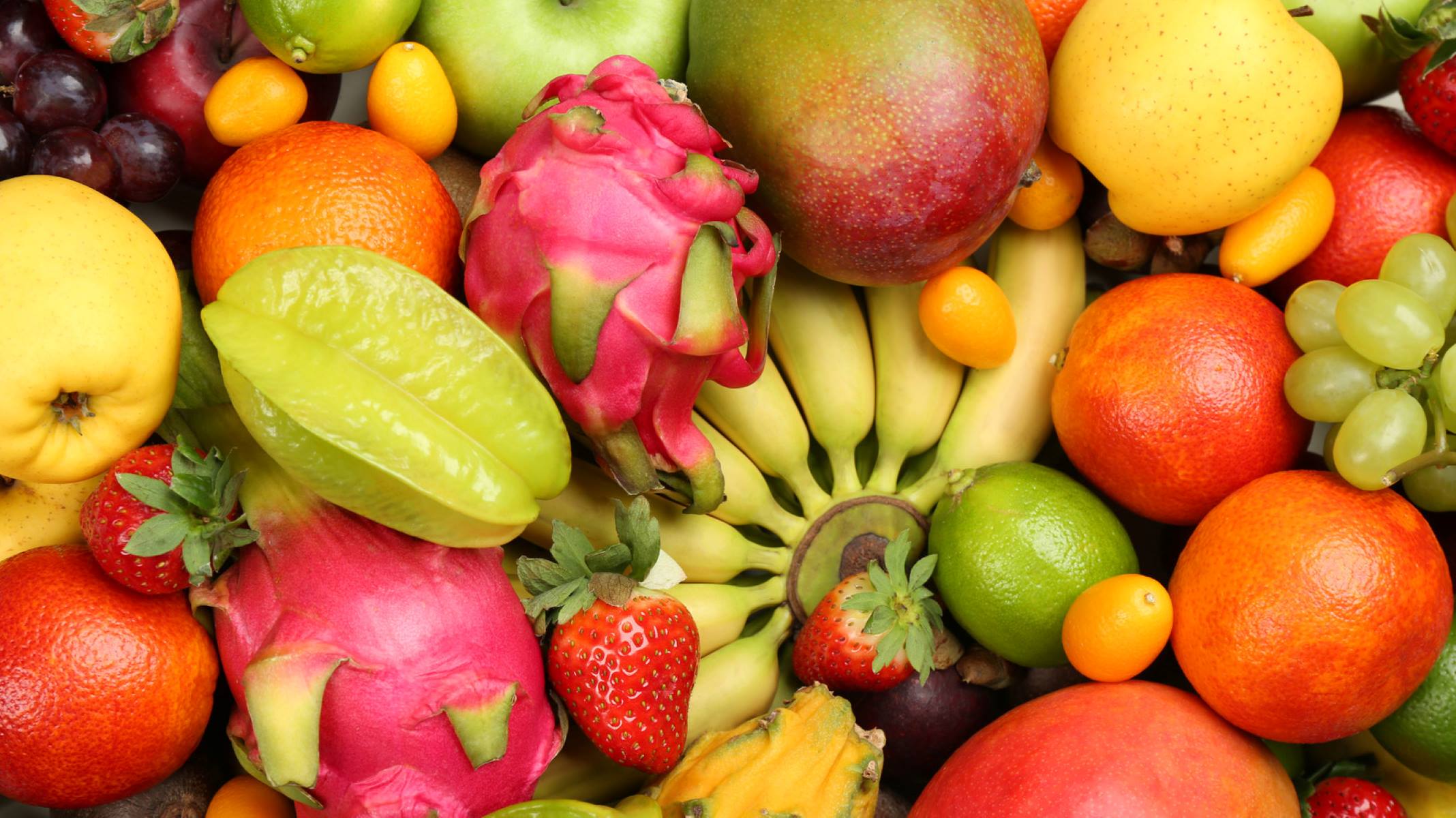
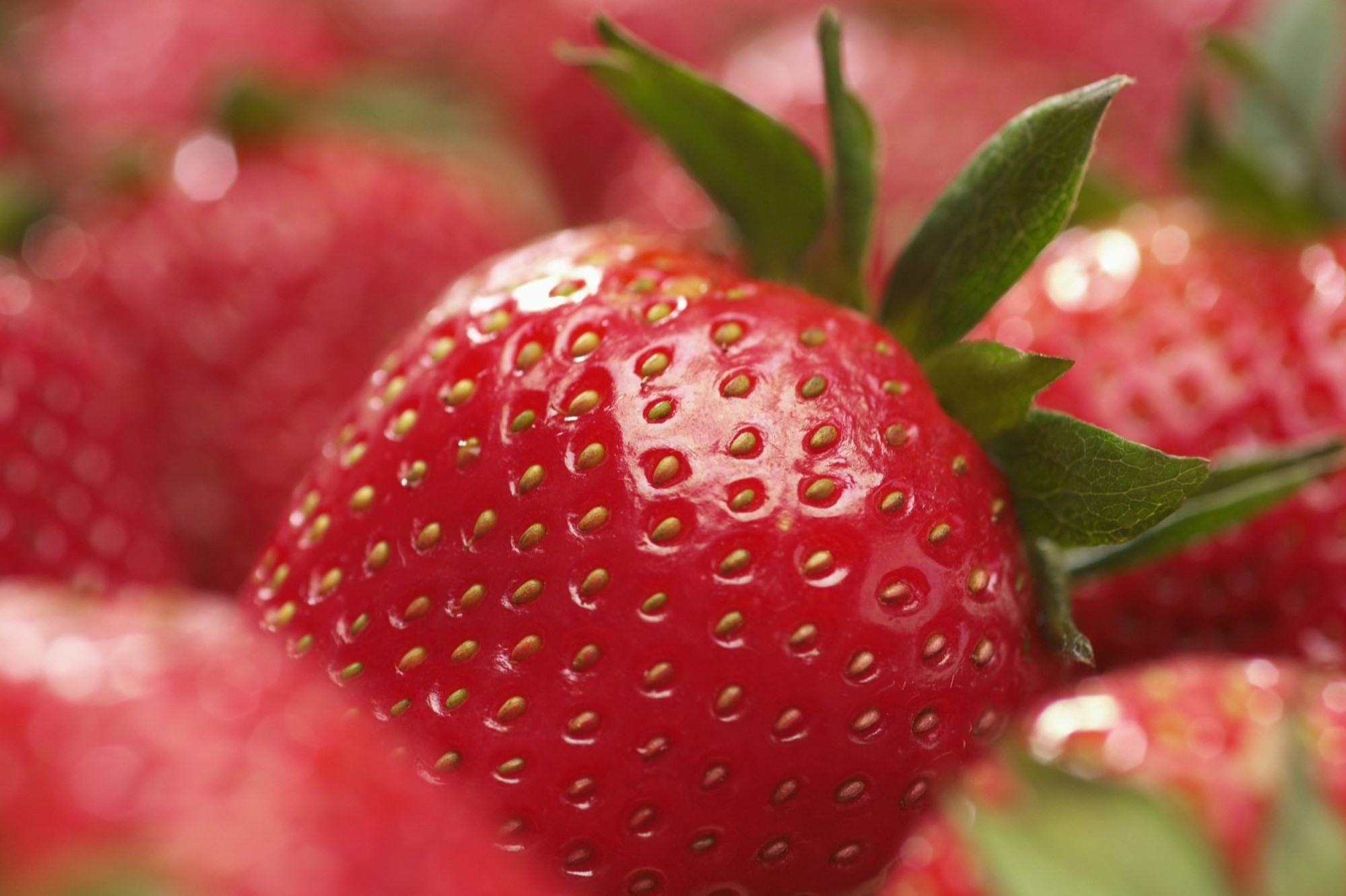
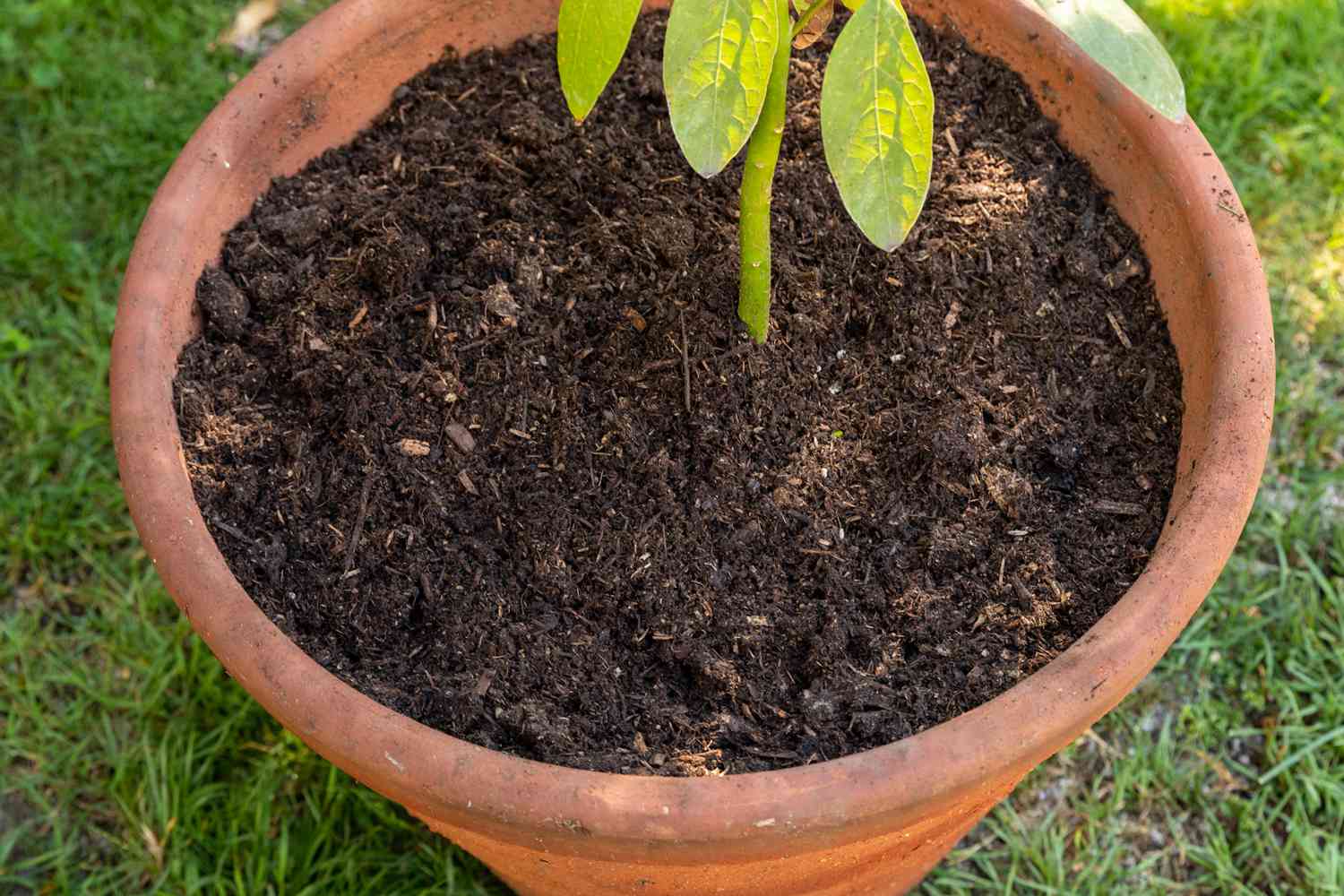
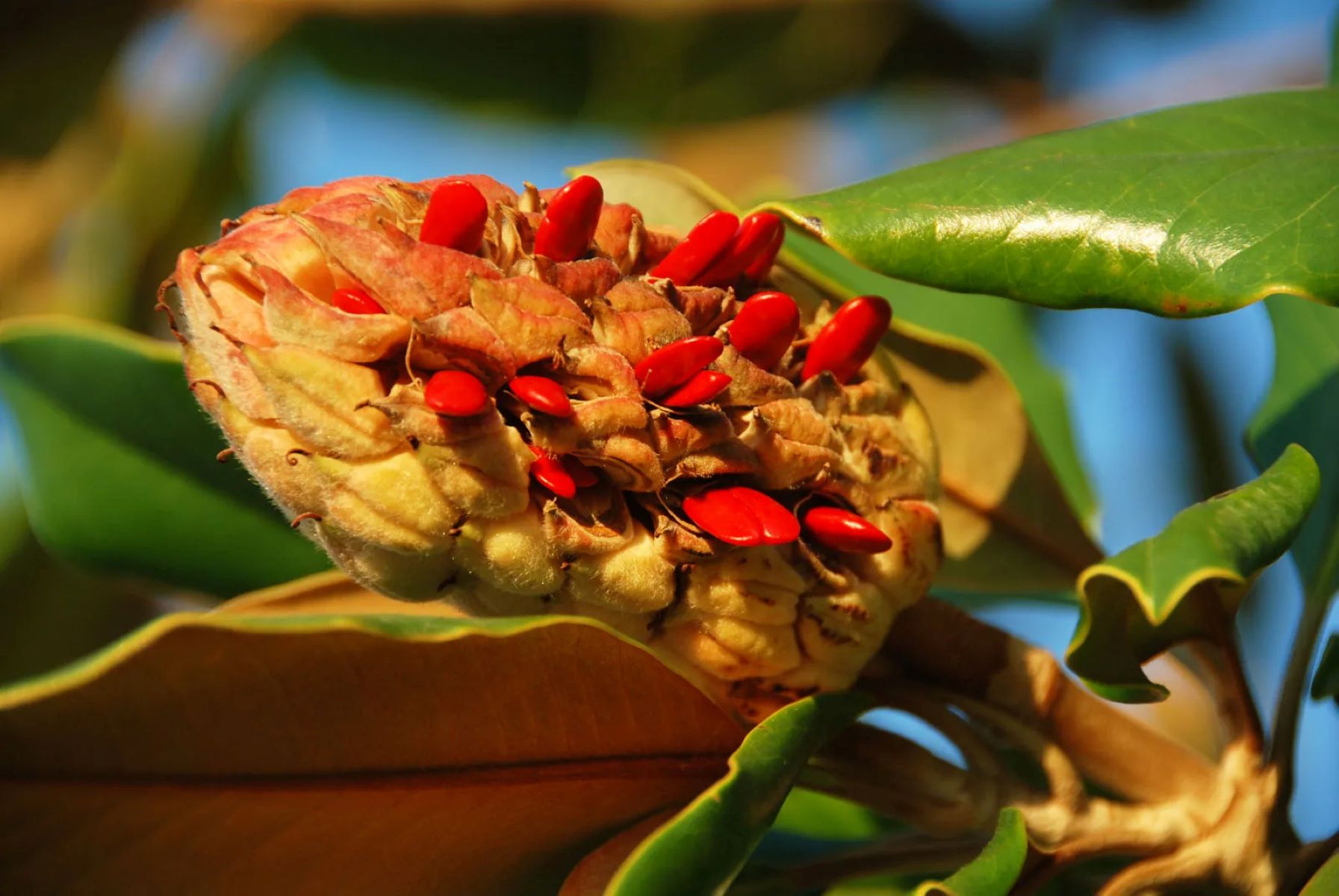

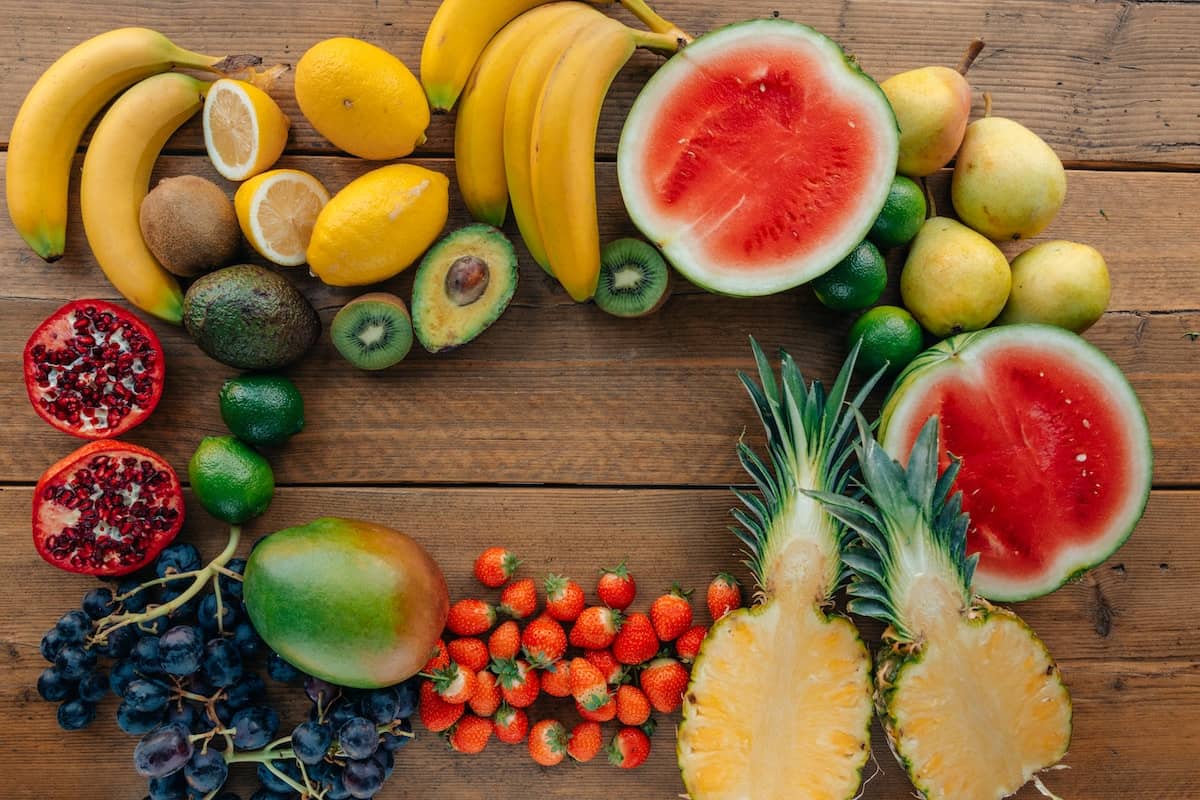
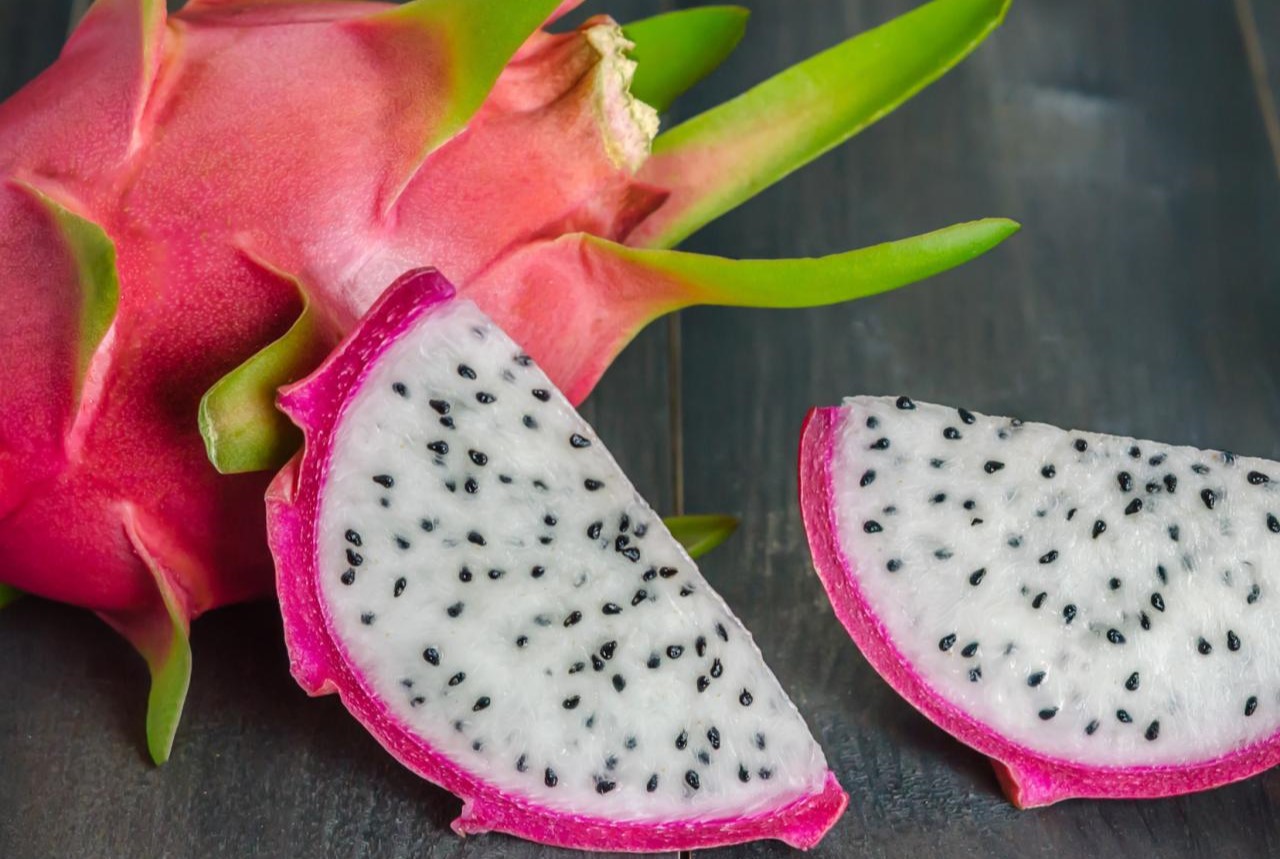
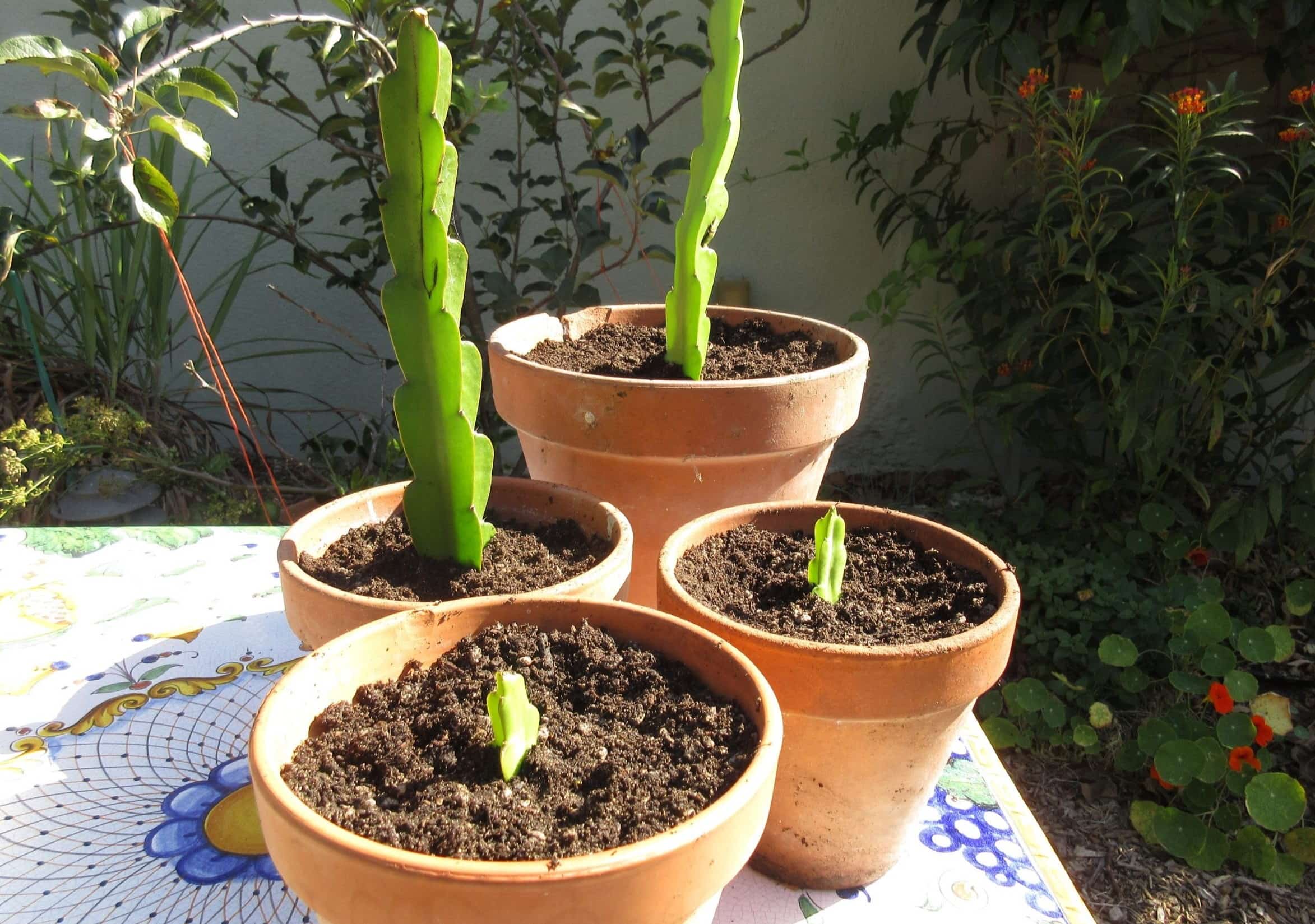
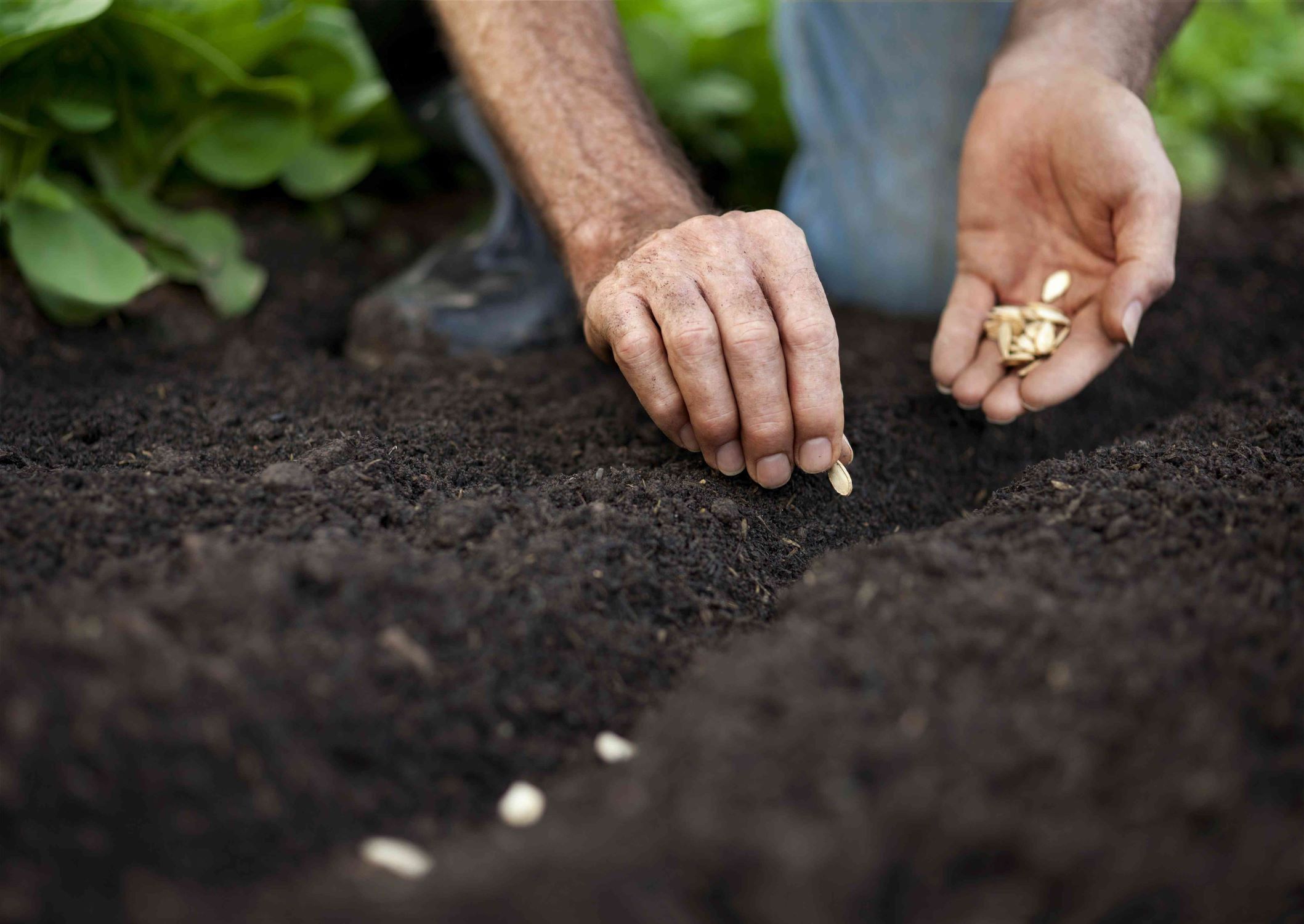
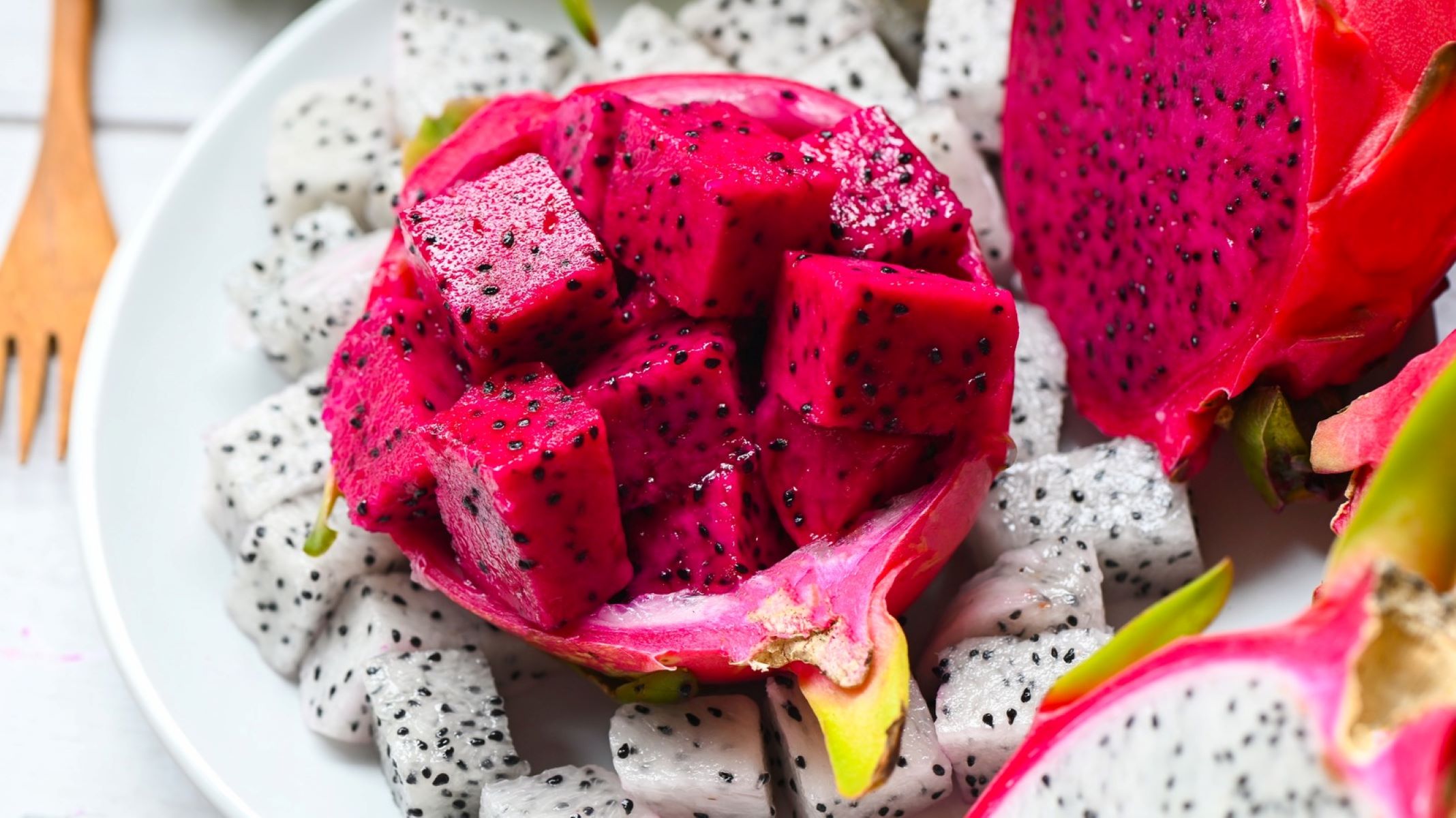
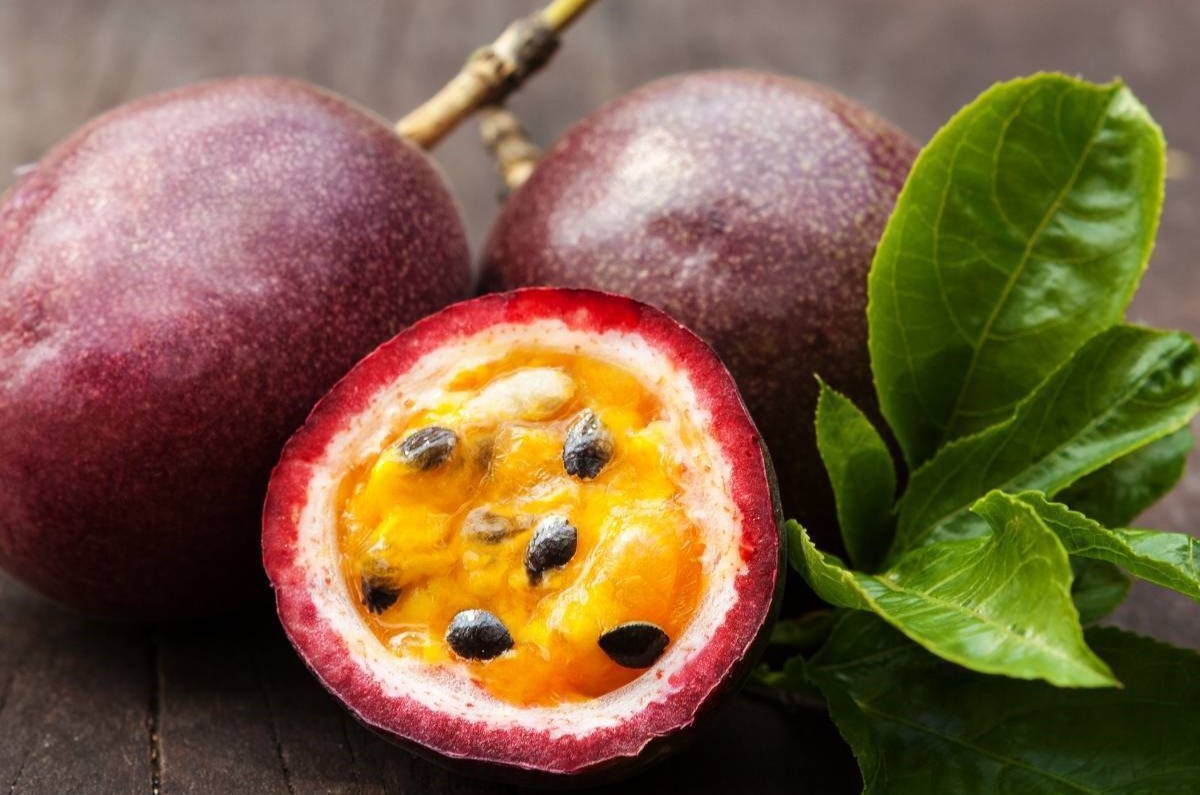
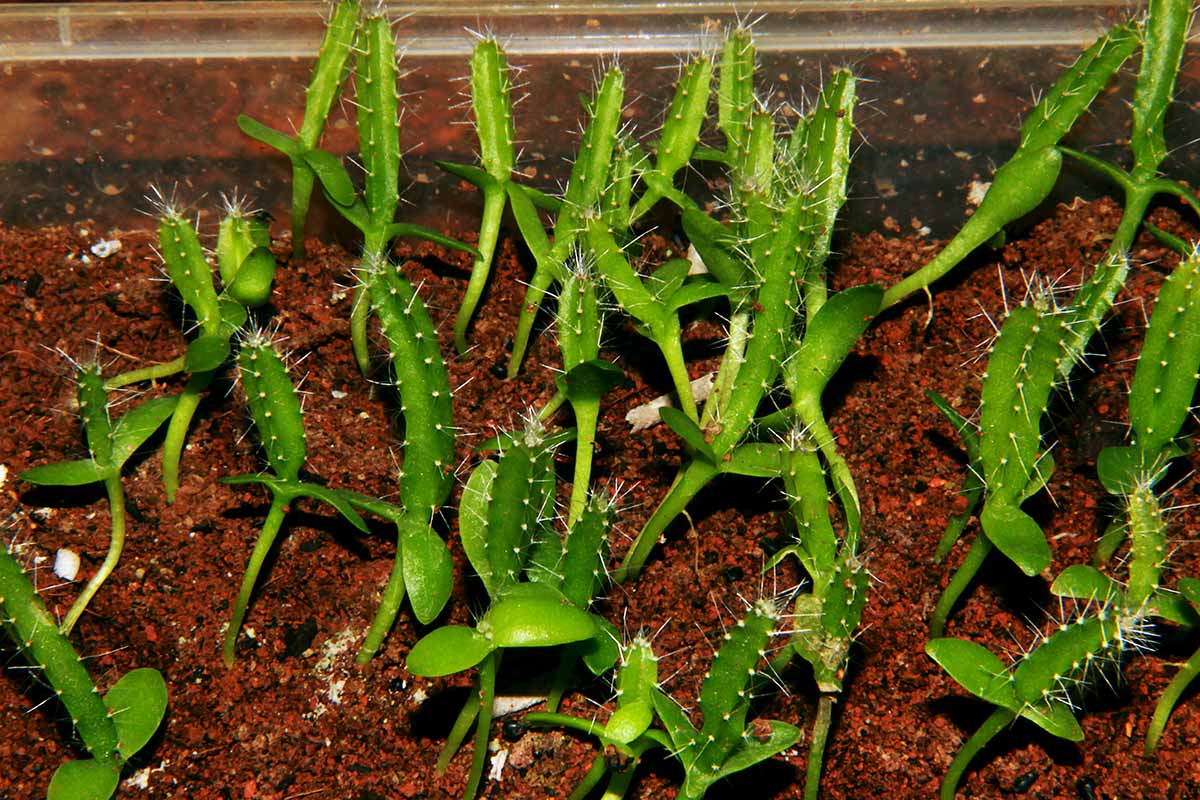

0 thoughts on “What Fruits Are True To Seed”